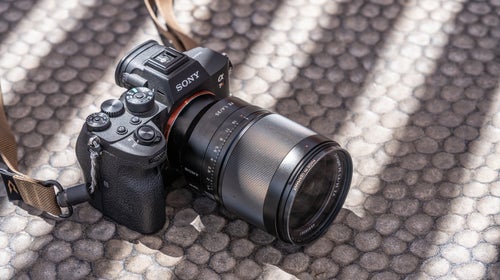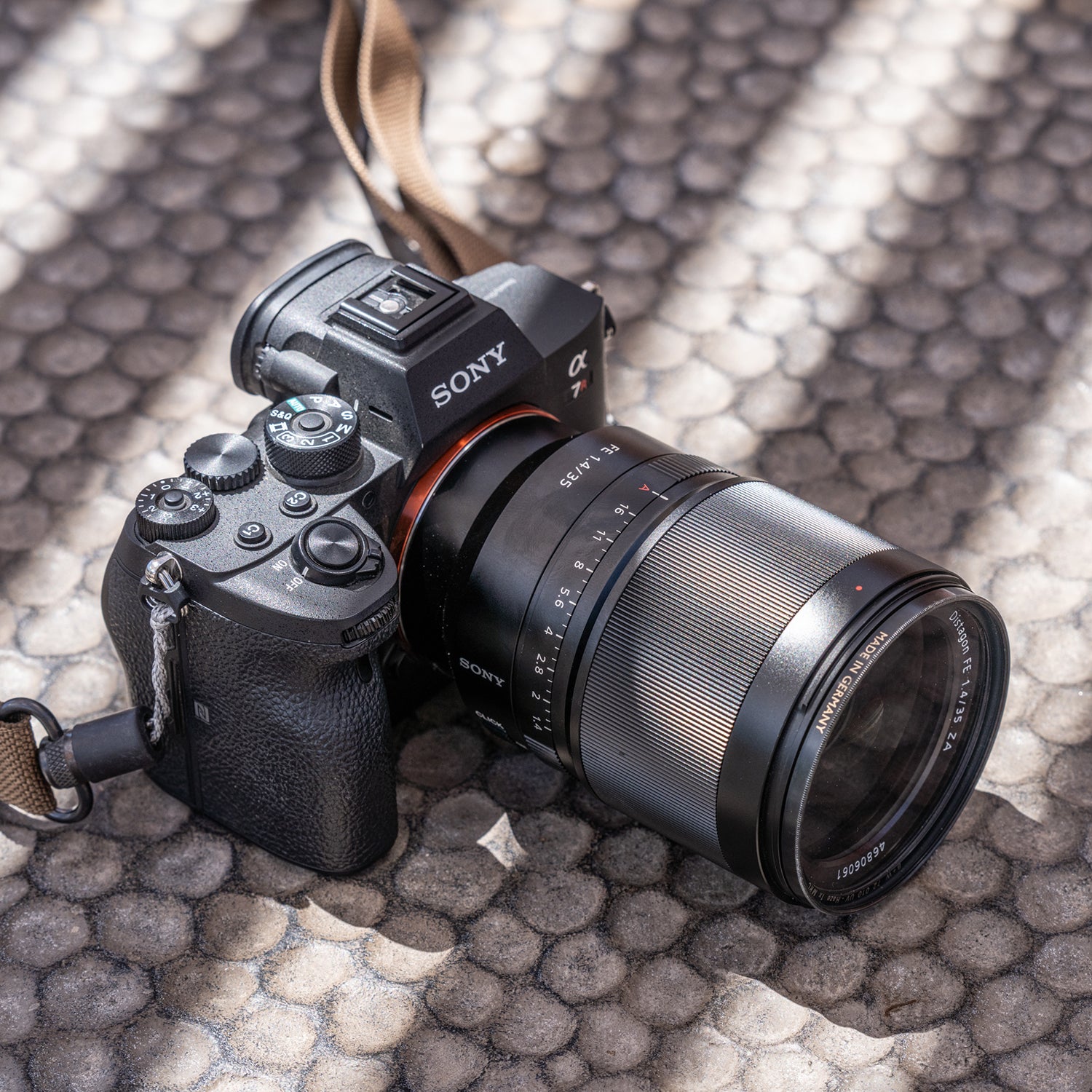When I was traveling the country back in the mid-2000s doing photojournalism internships at various newspapers, I constantly heard the staff photographers say they were going to тАЬmakeтАЭ a photo. That word stood out to me because up until that time I, and most people I knew, had always said тАЬtakeтАЭ a photo.
When I asked these photographers why they swapped words, they told me that they preferred тАЬmakeтАЭ because their entire job was to enter a situation and construct a photo. To do so, they considered factors like light, moment, composition, and distance in order to create a photo that captured what was most important or visually appealing.
All this work was much better described by the word тАЬmake.тАЭ To them, the word тАЬtakeтАЭ implied that they just waltzed into a situation and grabbed a photo out of thin air instead of putting in the hard work needed to build the photo that would appear in the next dayтАЩs paper.
I, of course, immediately adopted that lexicon and have used it ever since. ItтАЩs a constant reminder that good photographs are created through a process, just like good writing. Every time I get a photo assignment, I remind myself that the photo isnтАЩt going to just appear. I have to work hard in order to make something worth capturing.
IтАЩm giving you this background because one of the tools that has helped me and many photographers тАЬmakeтАЭ the best photographs possible is the prime lens. тАЬPrimeтАЭ means that the lens is a fixed focal lengthтАФ35mm, for exampleтАФand does not change focal lengths like a zoom lens such as a┬а 24тАУ70mm.
These fixed-length lenses are important tools in the photo process because without the advantage of a zoom, the photographer is forced to move in order to make the photo. Instead of standing in one place and using a zoom to get closer or farther away from a photo subject, a photographer using a fixed-length prime lens has to back up or walk closer. In the process of moving around, photographers often learn more about what theyтАЩre capturing. They find new angles, get a better sense for the action, and become more in-tune with whatever is going on in front of them.
The famous photojournalist Robert Capa once said, “If your pictures aren’t good enough, you aren’t close enough.тАЭ He wasnтАЩt saying that the best photos are captured just inches away, but that to create great photos, photographers should not be afraid to be intimate with whatever they’re photographing. They need to be in the action and next to the subject to really capture whatтАЩs going on. A zoom lens allows a photographer to stay at a distance, while a prime lens forces a photographer to be in the middle.
Because prime lenses have fewer mechanical parts, theyтАЩre often less expensive and offer better quality glass for the priceтАФcreating noticeably sharper, more defined images. You can pick up a or prime lens from most major brands (Canon, Nikon, Sony, and others) with mid- to high-quality glass for just a couple hundred dollars, and that lens will be capable of covering a wide swath of photographic situations. The same inexpensive prime lens will have a wider aperture than all but the most expensive zoom lens. This lets in a lot of light, enabling faster shutter speeds, shallower depth of field, and the ability to make sharp photos in low-light situations.
For those zoom-lovers who have hated my argument to this point, I agree that zoom lenses still, and will always, have their place. It would be nearly impossible to cover an NFL or soccer game without a long telephoto zoom lens that allows photojournalists to zoom in on and track players at a distance. Nature photographers also rely on zoom lenses to create intimate photos of animals that are constantly on the move or are too dangerous to approach.
Many photographers love a quality wide-angle zoom lens because it covers so many situations. At 24mm you can shoot a wide-open landscape and then use the 70mm part of the lens to shoot a portrait. In high-action situations, like a protest, for example, itтАЩs nice to have a zoom so you can quickly shoot a variety of situations without having to swap lenses.
These days, the glass quality on zoom lenses is also phenomenal. It used to be that if you wanted razor-sharp images where every pixel was crisp, you had to use prime lenses. But many modern zoom lenses IтАЩve tested from top companies create images that are equally sharp. The only drawback is that these sharp zoom lenses are wildly expensive.
So what should you buy? Pro photographers realize that if they want to have a complete lens kit, itтАЩs going to include both prime and zoom lenses. Many photographers I know rely mostly on prime lenses, but they also carry zoom lenses just in case theyтАЩre shooting sports or other events where a zoom comes in handy.
For photographers just starting out, I, and most of the photographers I know, would suggest starting with prime lenses. With primes youтАЩll save money, increase the lensesтАЩ photographic capabilities, and be forced to move around, which will help teach you how to make better photos. As your photo skills grow youтАЩll start to see what zoom lenses are needed to complete your kit, and you can invest accordingly.


